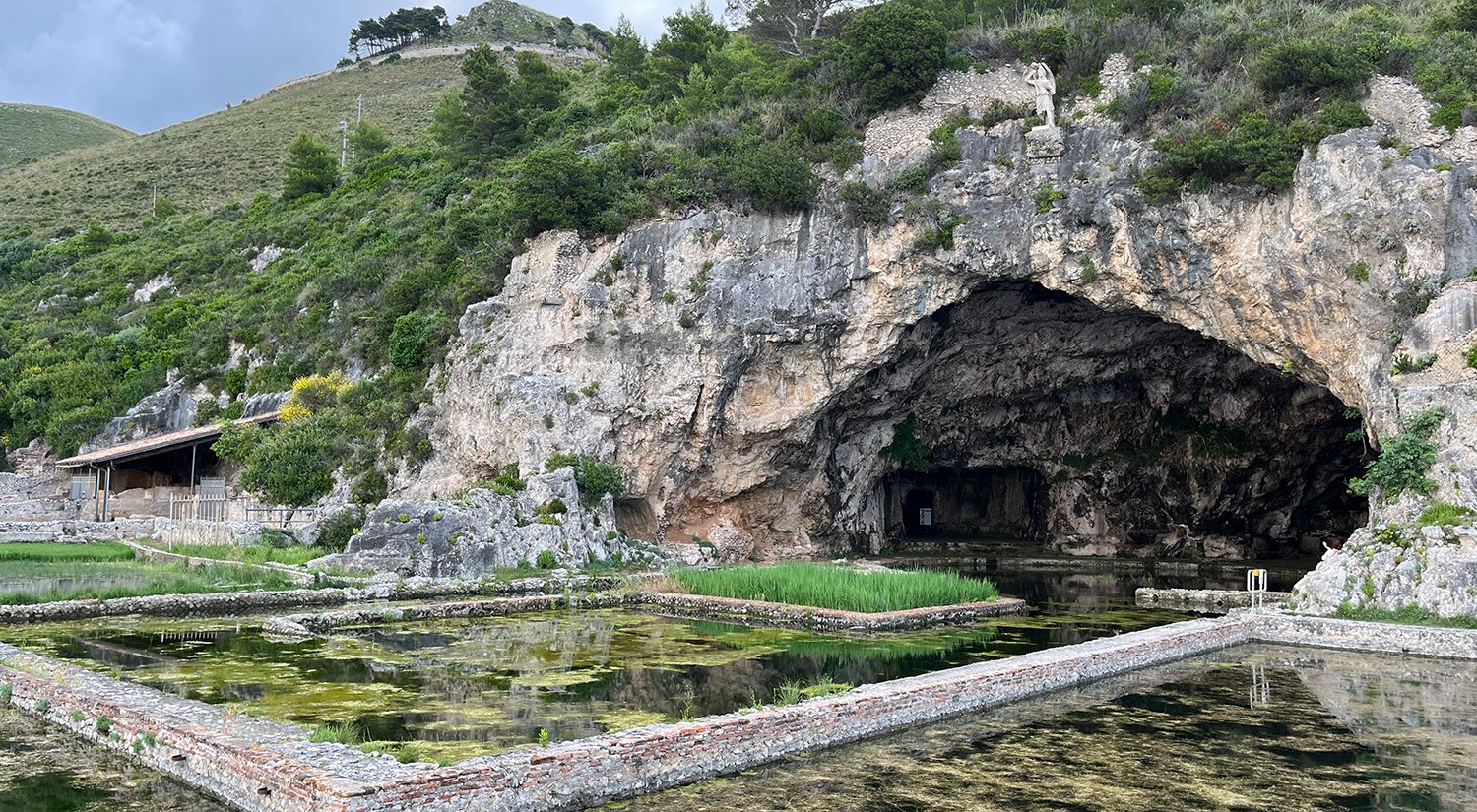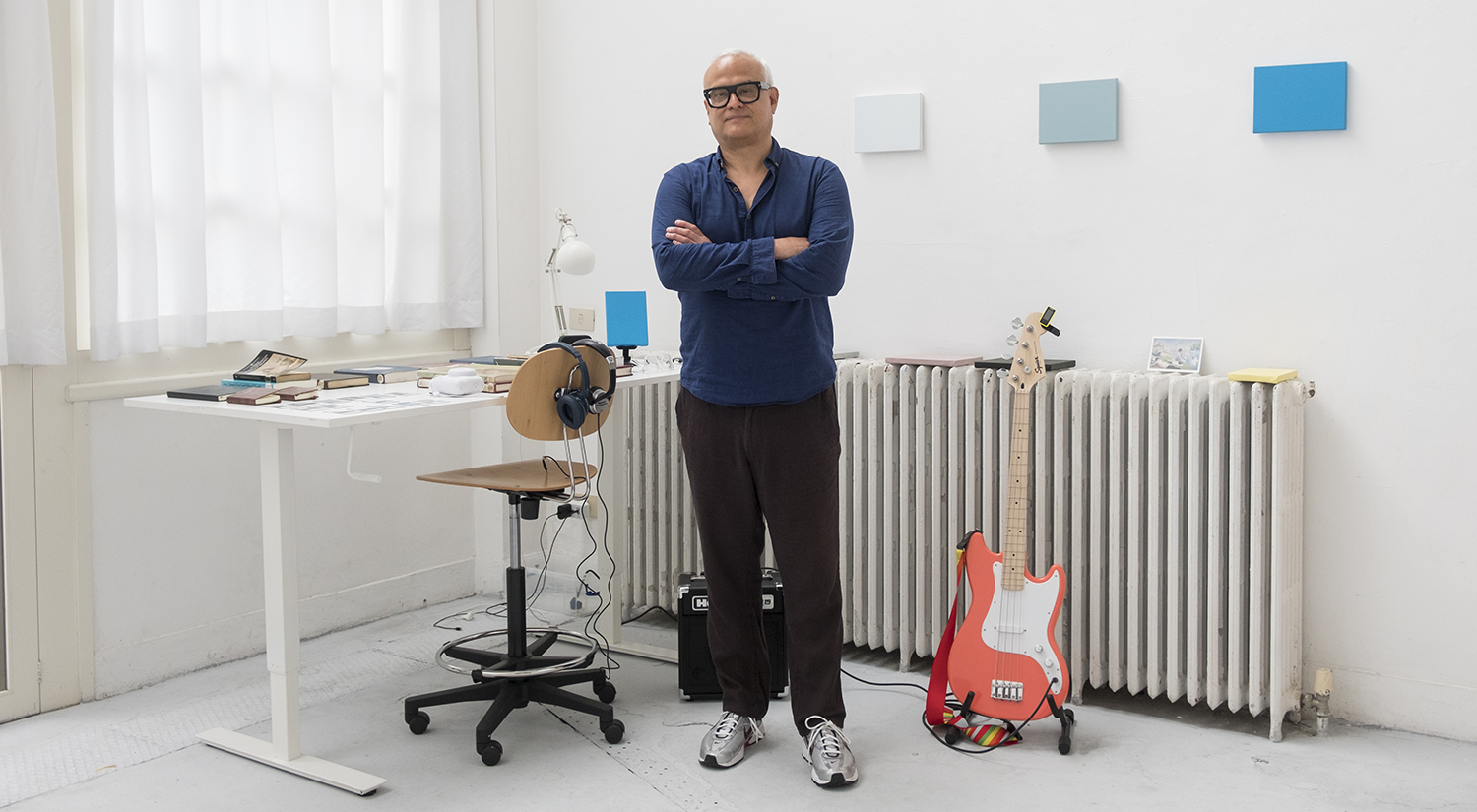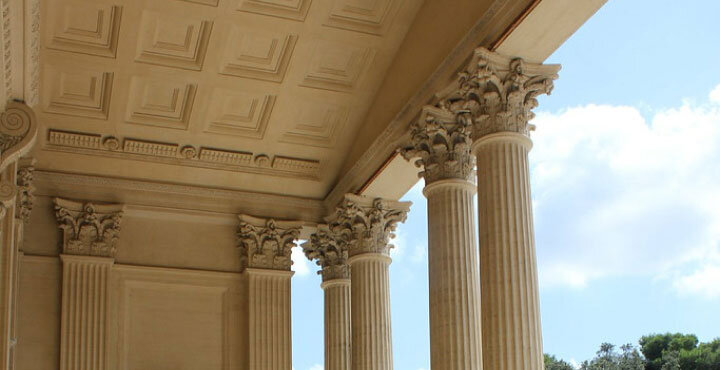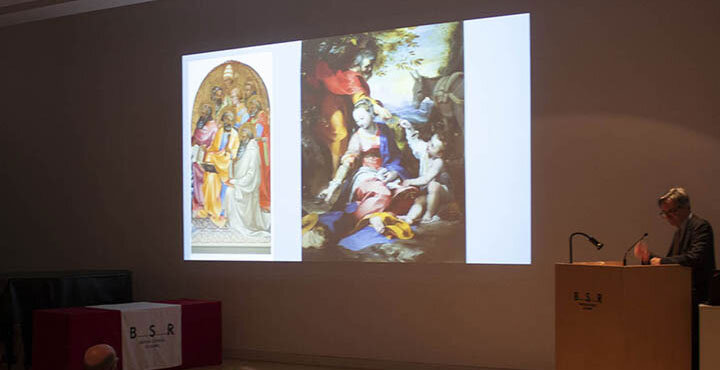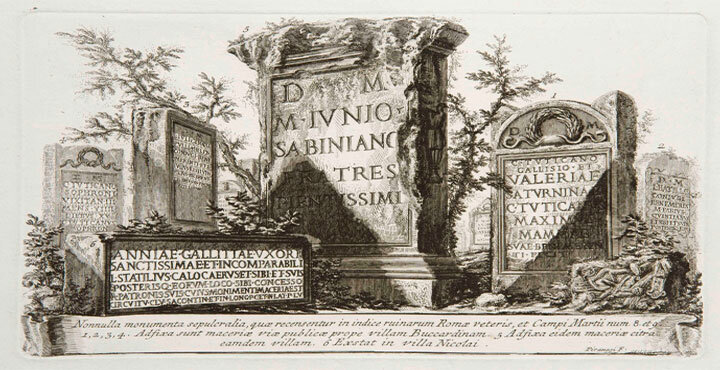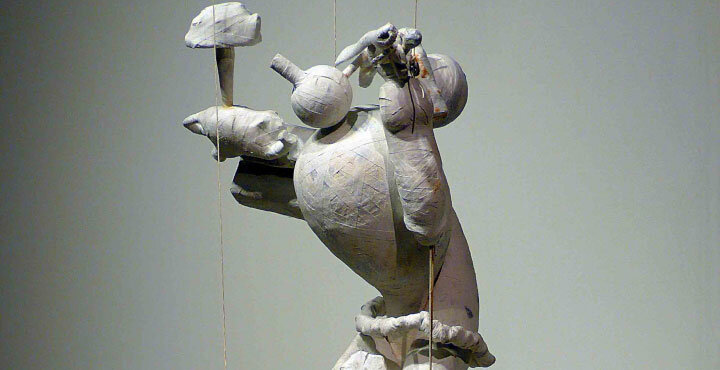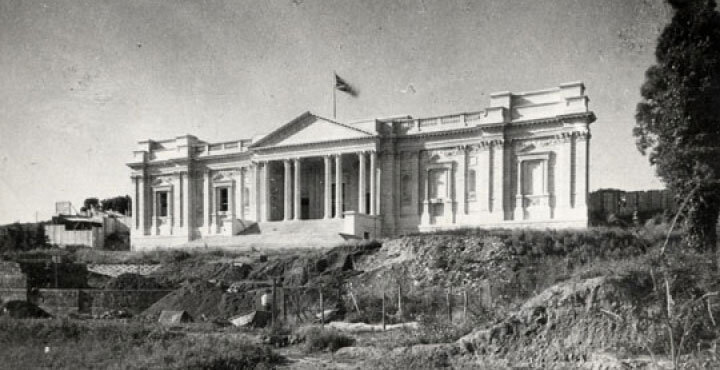During my time as the Simon Keay Fellow, I conducted research related to the ancient site of Sperlonga on the southwest coast of Lazio. The site consists of a maritime villa and marine cave/grotto, the latter of which is associated with the emperor Tiberius through literary accounts. It is also one of the most important locations in Italy for art historians and classical archaeologists interested in ancient sculpture and the overlapping traditions of Hellenistic and Roman art. In antiquity, the grotto was decorated with colossal marble sculptures depicting Odysseus and his crew’s adventures around the Mediterranean, including the famous scene of the blinding of the cyclops Polyphemus, the harrowing journey past the sea monster Scylla, and the theft of the Palladion. These sculptures are now highly fragmentary; there are over 7,000 marble fragments housed in the museum and storerooms.
My research project is driven by several unresolved questions about the composition, adaptation, and interpretation of the ancient sculptural program, requiring the close study of both the existing reconstructions in the museum galleries and the many un-joined marble fragments that remain in storage.

At the British School at Rome, my research on Sperlonga took several forms. I began my time with the residential phase of the fellowship, which allowed for a program of in-depth library research and the opportunity to share the results through presentations in Rome, including talks delivered at the American Academy and Finnish Institute. During this period in residence, I was able to connect with the impressive and helpful archaeological community of the British School and attend several lectures and networking events at other venues. These events were ultimately very productive in terms of creating connections for the field project. In the second part of the fellowship, I continued my work with the unpublished fragments at the site itself. This phase culminated with the organization of programming for “Open Days” at the Sperlonga Museum where members of the public and museum staff were able to go “behind the scenes” to tour the storerooms and learn about research-in-progress.



